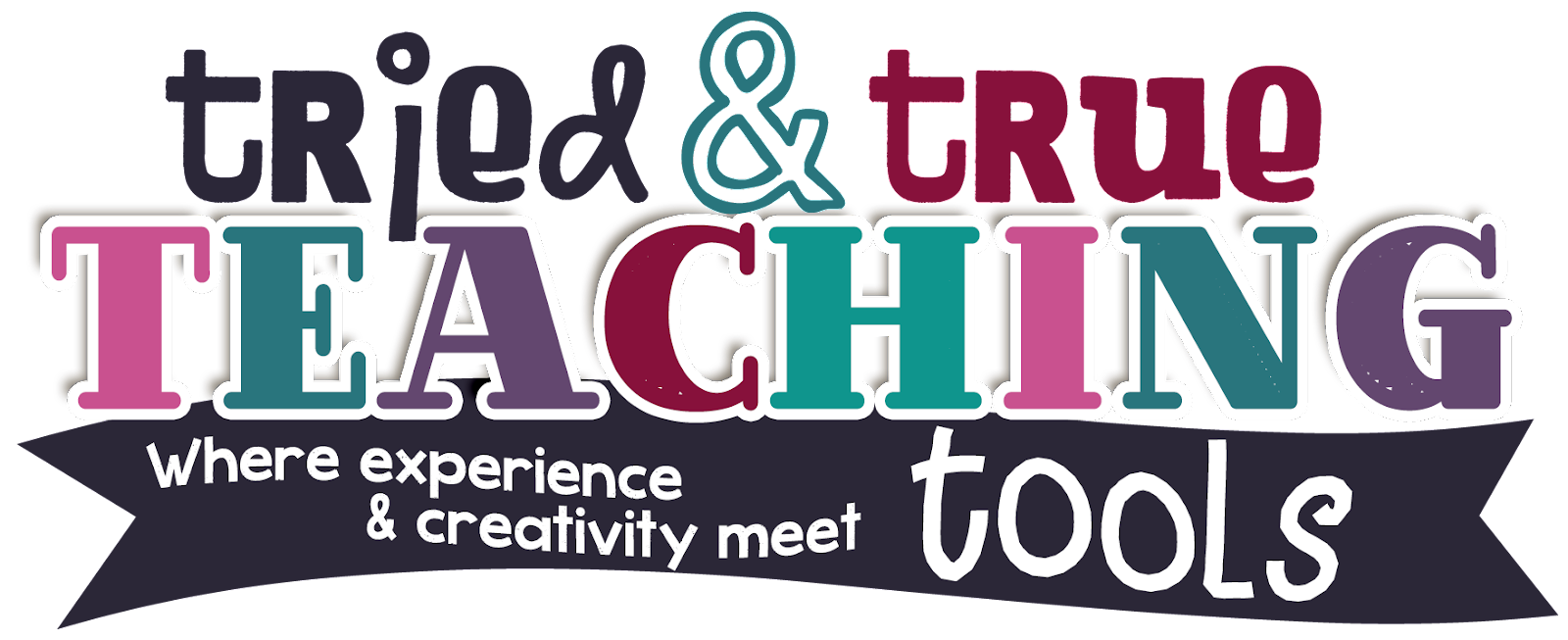Thanks for joining me in this summer's professional book study: Making Thinking Visible: How to Promote Engagement, Understanding, and Independence for All Learners. It's definitely not a "fluff" book or an easy beach read, but it IS packed full of research-based, classroom-tested routines to create a culture of thinkers and learners! And I'm so excited to implement these with my new group of kids in the fall! (Well okay, late summer. . . what happened to starting school after Labor Day? But I digress. . . ) Can you believe we're already more than halfway through the book? If you missed the first few chapters, no worry; you can catch up here:
Week 1: Unpacking Thinking
Week 2: Putting Thinking at the Center
This chapter describes thinking routines to use when you're in the middle of a unit. They will become a natural part of what your students do when learning. Here's a chart of key points:
Although these routines are all explained in depth, here are a few that I want to try:Headlines is a thinking routine that is just what the title implies: it forces students for a quick synthesis about the topic or concept being learned. Often we teach on & on, without checking in if our kids have grasped the big idea. I remember when I taught second grade and we were learning about the growth cycle of plants. We did all sorts of fun experiments, including growing lima bean sprouts in plastic baggies taped to our windows, we planted radish seeds, etc. But when I asked my class what they learned about plants, I was deflated as students replied, "They're green. . . Jack climbed a beanstalk like our lima beans. . ." True, we had been immersed in a fairy tale unit, but really. . . So, obviously they missed the big idea. (And so did their teacher; me!!) Also when I first started teaching eons ago, I used to think theme meant making my whole room and activities about "apples" or "bears". Now I look back & just cringe!! Had I implemented a thinking routine like Headlines, I would have realized mid-unit my kids' misunderstandings about the big ideas!! "...without capturing the significant essence, it can be difficult for learners to build understanding of big ideas and core principles. They may miss the forest for the trees If students are not able to grasp the heart of what they are learning, they will find it difficult to make meaningful connections to these ideas in future learning." (p. 111) The authors also caution students simply coming up with catchy slogans and phrases, versus actually identifying the big idea.
CSI: Color, Symbol, Image is a non-written thinking routine. My kids who have a difficult time with writing are going to love this!! Students will identify and represent big ideas from an assignment in nonverbal ways; they'll have to think metaphorically!! After students have read a passage or chapter from a book, watched a video or listened to a speaker, have them take notes about what they found important or interesting.
Having students justify their color, symbol, and image is the beginning or providing evidence or backing up their responses. This can be done verbally or in writing; some students' choices will be more metaphorical than others.
Since I have no students right now, after reading the first chapter of Little Women, I asked my 10-year old if she'd do this CSI to show her thinking. (My poor daughters, isn't it annoying having a teacher for a mom?! Lol)
And won't this be great when you start to introduce symbolism and imagery in literature?
I Used to Think..., Now I Think... is reflective routine that focuses students on their thinking, rather than just having students summarize what they learned during a unit. It redirects students to how their thinking has changed. It may be helpful to connect this with See-Think-Wonder or Think-Puzzle-Explore so students have recorded what they initially thought at the beginning of a unit or even during a unit. (see here for more explanation)
I love how these routines in Chapter 5 begin the higher level thinking processes, while keeping it simple enough for students to compare and visualize!! Which thinking routines do you want to try for synthesizing and organizing ideas?





No comments
Post a Comment